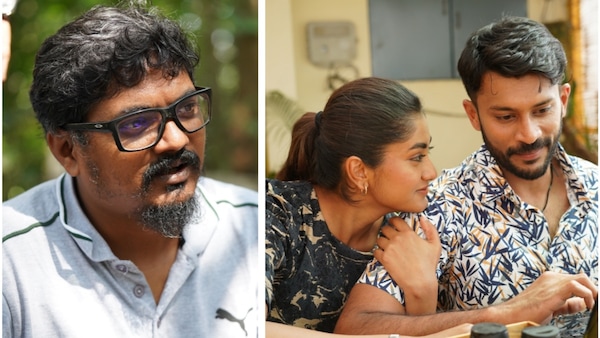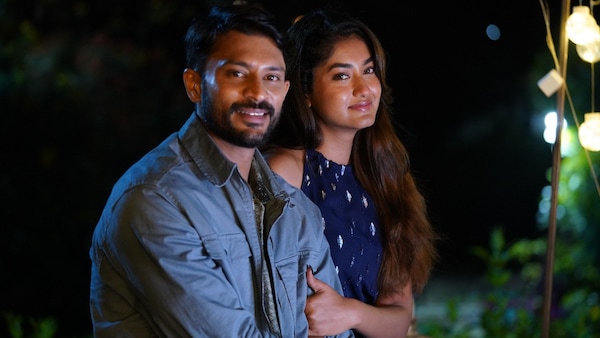Award-winning director MansoRe on his shift of genre with Doora Theera Yaana: It’s a very practical decision | Exclusive
Award-winning director MansoRe is presenting a romantic drama that explores relationships from the perspective of today's generation in Doora Theera Yaana

Last Updated: 08.41 PM, Jun 21, 2025
Doora Theera Yaana is director MansoRe’s fifth directorial, a love story, which doesn’t exactly fit in with his earlier filmography, which includes National Award-winning movies like Harivu, Nathicharami, as well as the hard-hitting social issue-charged Act 1978 and 19.20.21. It’s so unlike Mansore, is the common refrain ever since he began revealing songs from the film, in the run up to its July 11, 2025 theatrical release. Why the shift in genre? Does it have anything to do with OTT platforms being disinterested in his movies? Has Mansore given up on his kind of cinema? Those are the big question on everyone’s mind.

MansoRe: For a film with a budget above Rs 1 cr, youdepend on theatres for recovery
Speaking to OTTplay, amid last-minute post-production work on the film, MansoRe said, “More than the issue of OTT platforms not inclined to pick up movies like mine, the only way to recover the money you invest on a film is from theatres today. When I make a film within a budget of, say, Rs 50-60 lakh, I can somehow get my money back with subsidies, etc. But for a film with a budget above Rs 1 cr, you have to absolutely depend on theatres. There is no OTT business for Kannada cinema because their expectation when picking a film is that it will bring in a commensurate number of new subscriptions. My kind of films will not bring in those numbers.”
The filmmaker explains that with the theatrical business, a producer is guaranteed Rs 40 share for every Rs 100 that comes in, after all deductions. On the other hand, mainstream platforms offer Rs 6 per full viewing of a film, if it is within a month of theatrical release; thereafter it goes down to Rs 2-4 only. “There is a revenue from both theatrical and digital streaming, no doubt, but if you compare them, the share is any day better for a producer from theatres. OTT revenue happens only when audiences watch it on the platform and for the full duration, which is not an assured revenue model, given chances of piracy,” MansoRe explains.
Unlike earlier, when there were multiple revenue streams, including satellite and dubbing rights, these days all that has dried up and the only way forward for Kannada cinema is theatrical business, he adds. “But then again, the number of people heading out to watch Kannada films has fallen drastically. My perspective on this is that the reason for this decline is Kannada cinema. If someone is coming to the theatre, he/she will have certain minimum expectations, whether it is in terms of visual grandeur, larger-than-life canvas, entertainment, music, etc. No one will turn up to support the industry. You can’t make routine cinema and argue that audiences have to come and see it,” says MansoRe.
The filmmaker adds, “So, the answer to your question on why I have made the shift in genre and filmmaking style is that for my kind of cinema, there are no takers on OTT and people don’t watch them in theatres either. People don’t prefer watching such serious cinema in movie halls. I do have a minimum audience that turns up for my films, but I can’t recover my budget with that. This change in direction for me comes from a very practical space – if I make a film, I need to have returns on investment.”
MansoRe has been lucky that his producer does not have major profit expectations and is okay if it’s only break-even. “For this, I am looking at giving audiences a 2-hour long theatrical experience. Having said that, I have not completely given up on my ethics as a filmmaker. This film will appeal to my core audience as well,” he says.
Subscribe to our newsletter for top content, delivered fast.





